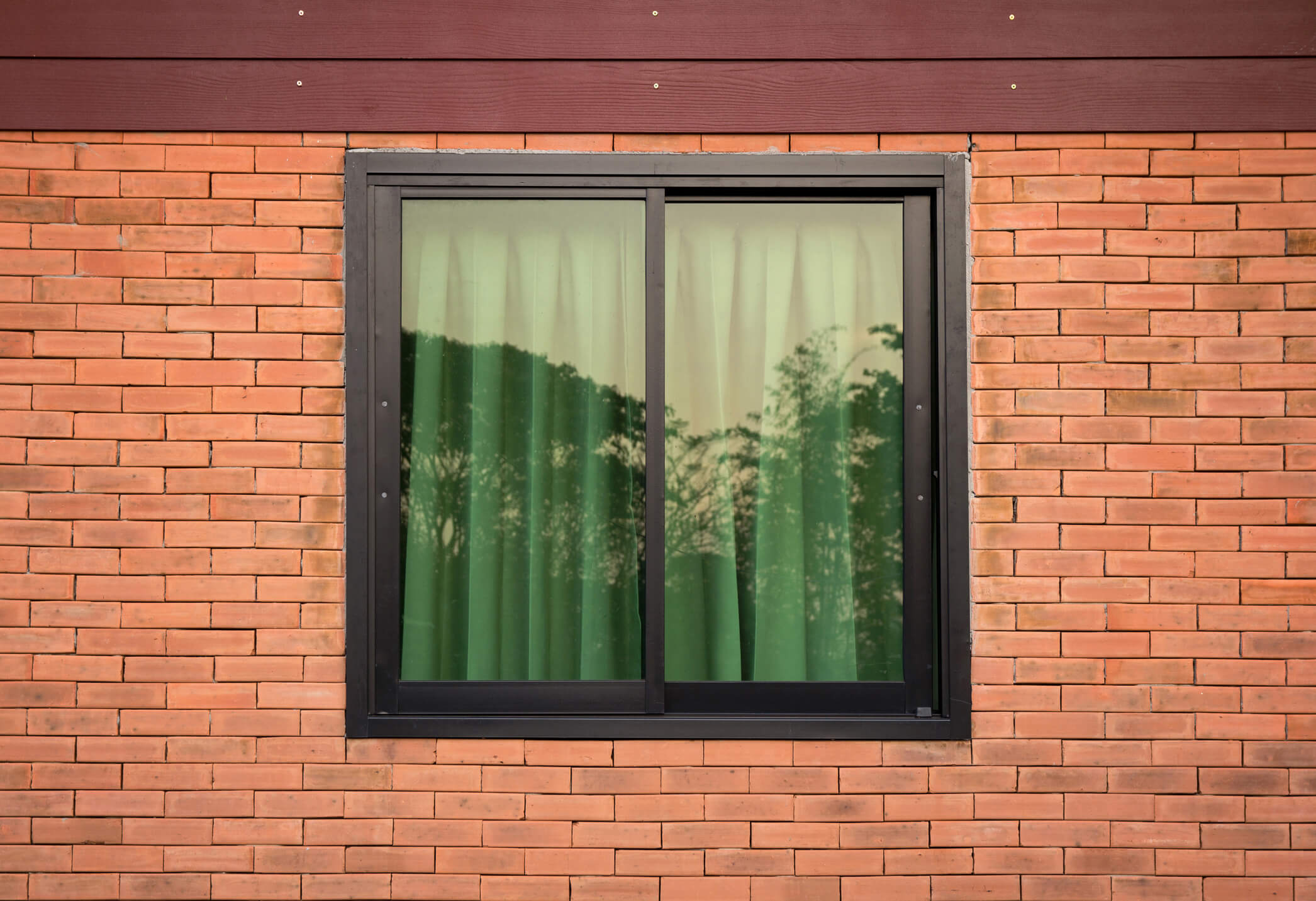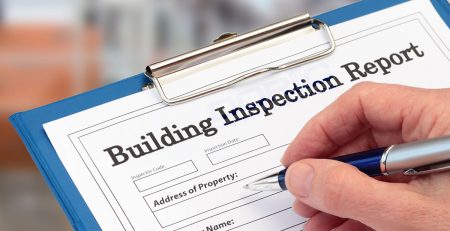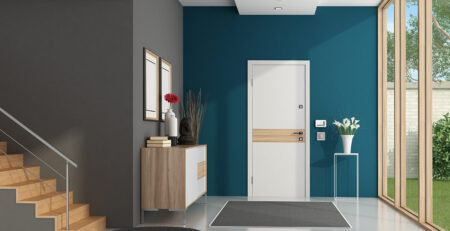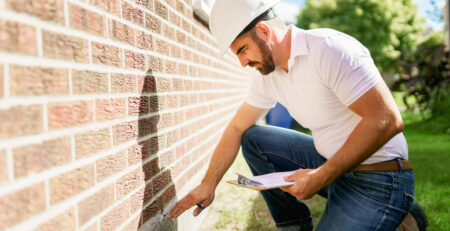Why Do We Check for Weep Holes?
Do property inspections include the inspection of weep holes, and if so, why? Are weep holes necessary?
And what are weep holes?
Weep holes are small, strategically placed holes in the walls or window frames that allow water to escape and prevent it from pooling and causing damage. They are critical for keeping the interior of your home dry, as they help to prevent water intrusion.
In this blog, let’s know more about weep holes.
Property Inspections for Weep Hole
Building & pest inspectors in their home inspection Sydney check if weep holes are present and if anything is obstructing or impinging on them. Let’s understand why –
Why is It Important to Look for Weep Holes?
- Drainage
Weep holes are placed below the level of the slab. They are necessary to ensure that water that finds its way into the wall cavity due to rain, flooding, condensation, accidental damage, or capillary action can be quickly and efficiently drained away.
- Ventilation
Proper ventilation allows air to flow in and out of the wall space, which helps prevent mildew, dry rot, and dampness. These issues can diminish the life of the internal wall studs and attract timber pests, such as termites.
Where Do Weep Holes Locate?
You should take a closer look; they can be hard to spot. If you inspect your outdoor brick walls or windows, you may be able to locate the weep holes.
- In Brick Siding
Weep holes can usually be found at the bottom of brick exterior walls, appearing as vertical openings in the mortar between bricks. As brick masonry can be porous, water may be able to penetrate the surface and settle behind the wall. These holes act as an escape route for the water, as gravity forces it to flow to the bottom of the wall, just above the foundation. You can find weep holes above doors, windows, and other openings.
- On Windows
You can identify weep holes in window tracks by their black rectangular shape and a thin strip of light shining through them. They are designed to allow water to escape from the window track, all while blocking any further water from entering. It prevents water from collecting in the sill and causing damage to the wood.
Weep holes must meet the Australian Standards AS300 for masonry structures, with a clearance of at least 75mm from the ground. Anything blocking or covering the weep hole, such as a raised concrete path, raised garden bed, or decking, can be a major attractant for termites and other pests like bees and wasps.
The size of the weep hole should be according to the standard gap between bricks, and not appear like a gaping hole, as this can be an open invitation for vermin like mice, snakes, and small rats.
Get Quality Property Inspections in Sydney, NSW
Are you looking to purchase a property in Sydney, Campbelltown, Liverpool, or any of the neighboring cities in New South Wales? Doric Property Inspections can provide the assistance you need.
With a comprehensive building and pest report, you can save a significant amount of money on repair and remediation costs or reduce your total purchase price. Our experienced staff can be available quickly to provide house defect inspection services.
Get in touch with our experts today to make your dream of buying a property come true without any surprises.










